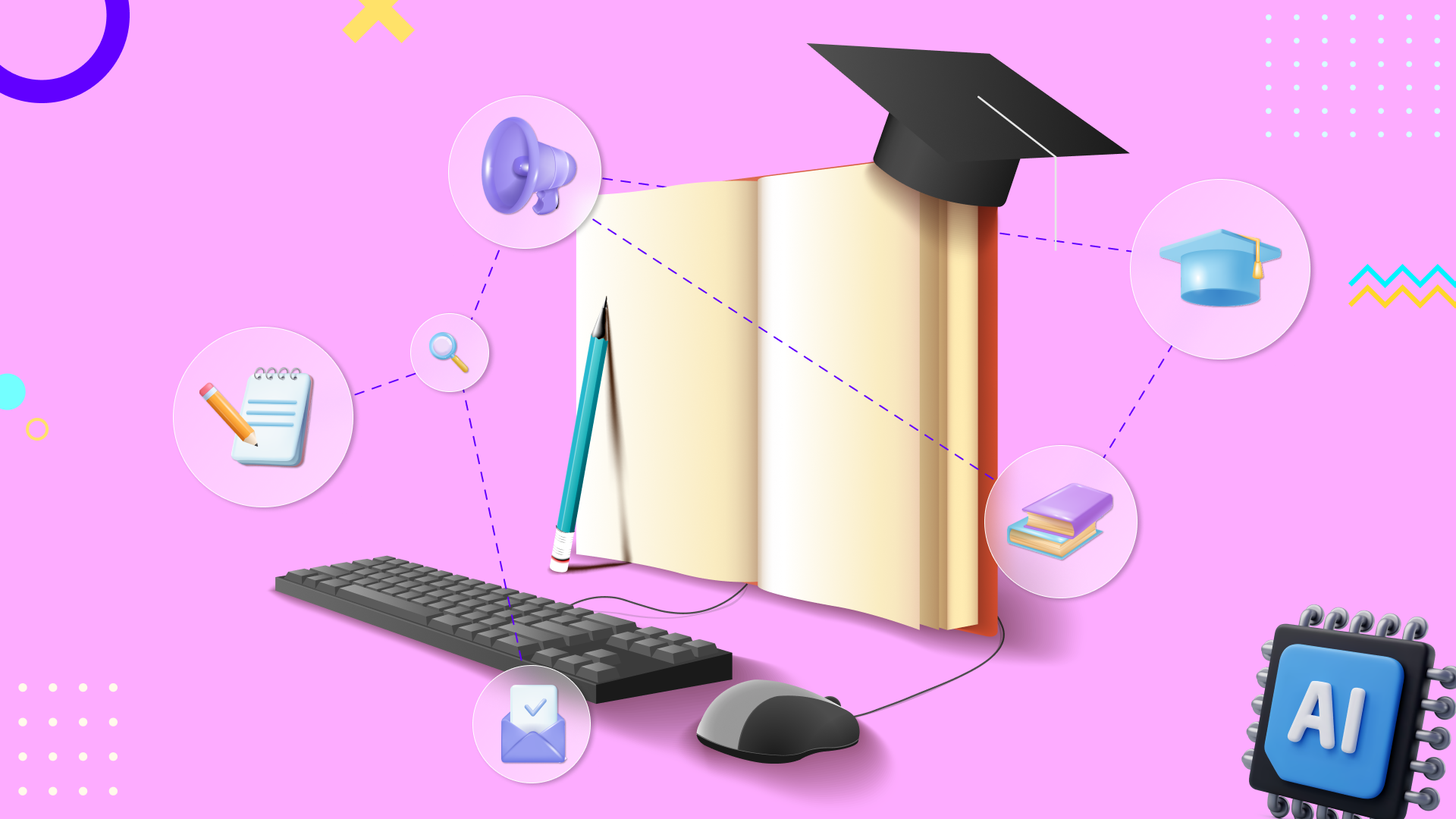Best practices to Implement a Sales Incentive Plan

Picture this: Your sales incentive design team has spent months analyzing, designing, re-designing, tweaking, and modeling the upcoming year’s new sales incentive plan. The outcome of the team’s efforts is just perfect. You can see that the plan has got a huge potential to drive success in your organization’s sales operations
Your leadership team also loves the plan and has given the green signal to go ahead. You think the hard work of design is over, and rollout can be done by simply distributing the plan documents. Take a moment and think again.
Because it’s not a good idea to assume that everyone will understand the plan from the documents and get onboard with it. You need to follow a process in order to ensure a smooth rollout of your incentive plan.
You would have already put in hours into designing the best sales incentive plan. The next step is to implement the incentive plan.
We have categorized these best practices into two categories:
- Best practices to communicate the incentive plan
- Best practices to personalize the incentive plan
Are you looking for a ready-made Sales Contest Template? Click here to design your own template for free, in just 3 clicks.
Communication of incentive Plan
- Make sure that everyone understands how the plan works
- Avoid miscommunication or misunderstandings about the plan
- Avoid resistance for the new or changed plan
1. Follow Top-down Approach
Start by communicating the plan to the top-most level of the sales management and then communicate it to the bottom levels. The goal here is to get the top-level sales managers to advocate the plan and communicate it effectively to the front-line sales managers and sales reps.
Here is how to get your top-level sales management involved with the plan:
- Vet the proposed plan with several of the organization’s top salespeople. Their feedback will be valuable, and getting them to buy-in to the new plan early, will be helpful in influencing the rest of the salesforce.
- Conduct training on the incentive plan for the sales managers to ensure that they:
- Understand the plan clearly
- And communicate the message effectively and consistently across the entire sales force.
- Create a list of Frequently Asked Questions (FAQs). This will serve as an aid for sales managers to ensure that a consistent message is being conveyed. Also, helps them address questions their teams may have.
2. Announce the program in a big way
This is a “BIG NEWS” right? So, be sure to treat it that way
- Consider making the announcement of the program during one of your important meeting/gatherings like your Annual Sales Kick-off Event or Global Sales Meeting
- Get a high ranked person from your organization to make the announcement. Like, the VP of sales or a top executive who is familiar with the plan
- The presentation of the plan should be a high-level explanation of
- How the new plan is different from the old plan
- How the changes will affect the entire salesforce
- What benefits sales reps are going to get and how they can maximize their earning potential
- Create excitement about the plan amongst your audience by
- Using a video or sizzle reel to showcase highlights of the program
- Showcasing some of the exciting incentives like travel destinations and other experiential incentives
- Showing the videos of interviews of the past winners
3. Communication from the Managers
Now its the front-line sales managers’ turn to communicate the plan to their respective teams. Sales managers can call for a team meeting and discuss it with the whole team. Or have a one-on-one with each rep in their team.
During these meetings managers should focus on reinforcing:
- How the new incentive plan will affect their specific team or each individual in their team
- What advantages and benefits their team is going to get
- What goals, quotas, and targets each individual rep is expected to achieve
This also provides a comfortable environment for the reps to get their questions and concerns addressed by their managers before signing the plan documents.
Pro-Tip: Make sure to maintain transparency while communicating and rolling out the plan. This way you will be able to earn the trust of the sales reps. Also, it helps in avoiding any push backs or resistance from the rep about the new plan.
Personalization of Incentive Plan
1. Consider implementing personalized SPIFs
Motivation can be specific to each individual and this is where personalized SPIFs come in.
A SPIF or sales performance incentive fund is a short-term incentive used to drive immediate results.
Let’s look at this scenario to understand in detail why personalized SPIFs are important:
A sales rep in the team of a particular manager seems to be disengaged at work. The rep is hitting her quotas perfectly but her body-language and tone-of-voice suggest that she is not as enthusiastic as she used to be.
In such a situation, here is what her manager can do: Utilize the one-on-one coaching sessions and have a talk with the rep. Ask her what can be done to motivate her. Maybe she will say that she would like tickets to a specific music show rather than the prizes you are offering. Then, the manager can say that if she hits a particular target before a deadline, she will surely get the prize of her choice.
This way when the sales reps receive what they truly value, they will work with utmost dedication towards achieving their goals. This also gives power to the managers to keep their team motivated.
Quick-Tip: Of course as a sales manager they cannot show favoritism towards any particular employee. If they give personal SPIF to one person, they will have to give it to everyone in their team. So, make sure that you check your budget before going ahead and giving your managers the power to implement personalized SPIFs. Because nothing will destroy a rep’s faith faster than a broken promise.
2. Make sure everyone has a chance
- Exclude the Dominators: Maybe you have a few salespeople who dominate every single prospecting-related contest. Exclude them from the basic prospecting contests. Hold a separate contest for them and set a higher goal to achieve.
- Create classes of participants: Create different leagues of participants so that your top, middle and low performers can compete with the people who are at the same level as they are. This makes for a fair competition. It helps in driving enthusiasm amongst reps who usually don’t stand a chance of winning.
- Don’t reward the same skill/ behavior every time: Switch up the rules and design of your contests so you’re not rewarding the same skills or behaviors every time. If the last contest you ran rewarded the salesperson who sold the most of a specific product, maybe the next one goes to the rep who increases the demo-to-close rate by the greatest percentage. This way everyone gets to show what they are good at and win prizes for their expertise.
3. Ask for personal preferences
Not everyone likes to be recognized publicly. Some salespeople get embarrassed rather than feeling proud when you stand up in front of everyone and say, “Matthew got more referrals this quarter than anyone else.”
You don’t want to make your reps uncomfortable. So, it’s a good idea to identify each person’s preference and then go about praising and rewarding them accordingly.
Here are a few questions you can use during a one-on-one or coaching session to uncover your people’s preferences:
- “Would you rather get praise or acknowledgment in front of the team or in private?”
- “If you win a contest, what’s the best way to announce that?” (Email, at a team meeting, at a private check-in like this one, etc.)
- “Are you motivated by stack rankings or leaderboards?
If you’re from Banking, explore how your sales incentive plan can be embedded into increasing productivity, decreasing agent attrition and reducing supervisory cost.
Want to create a happy and successful sales environment for your reps?Permalink
Click here to learn how to build a successful sales environment at your organization
Related Posts
Why is it necessary to automate your sales incentive compensation?
The recent changes in the business landscape and economy due to the global pandemic have made a lot of companies...
How Gamification can help to take your Incentive Plan to a whole new level?
A well designed sales Incentive programis a way to reward your top performers. When the incentive plan is implemented wisely,...
Best Practices to Design your Sales Incentive Plan
Nothing boosts your sales team’s energy and excitement as much as a good incentive. Most salespeople are born competitors. Adding...
Looking for a sales training software that takes your sales training to a whole new level?
Explore SmartWinnr’s Learning and Gamification features. Learn how to run fun and engaging sales training and sales coaching for your team through SmartWinnr.
Curious to learn more about it? Book a demo today!
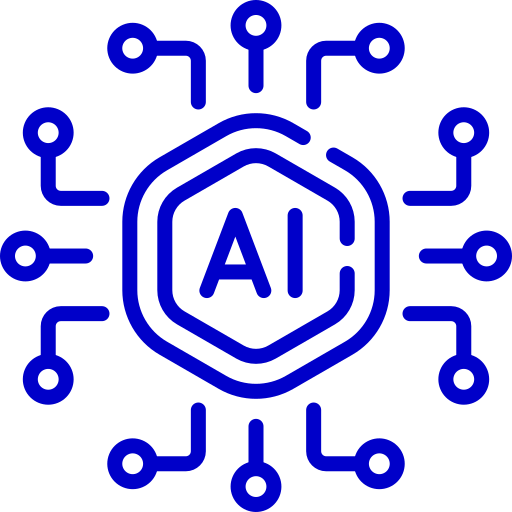 Two way AI Role Plays
Two way AI Role Plays Targeted Learning
Targeted Learning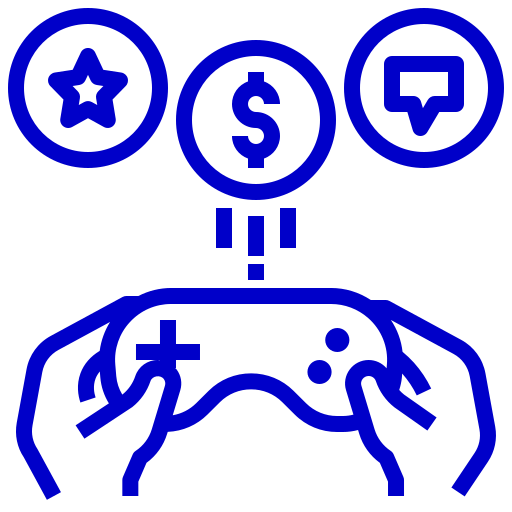 Gamification
Gamification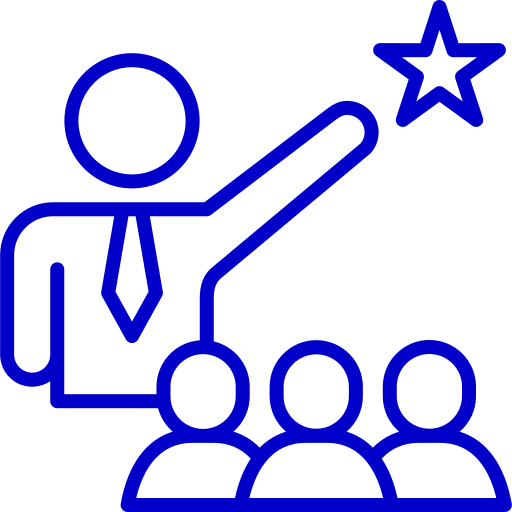 Sales Coaching
Sales Coaching Sales Contest
Sales Contest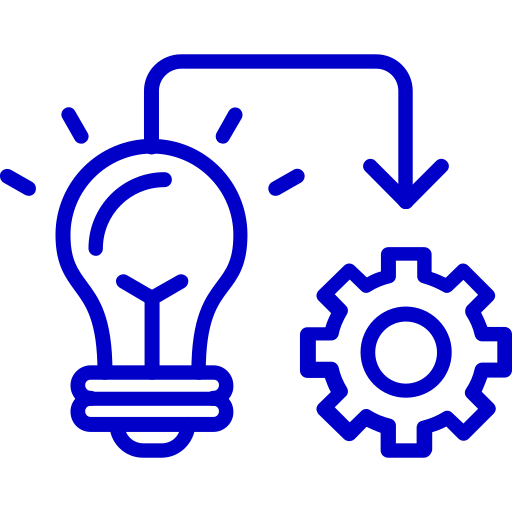 Implementation
Implementation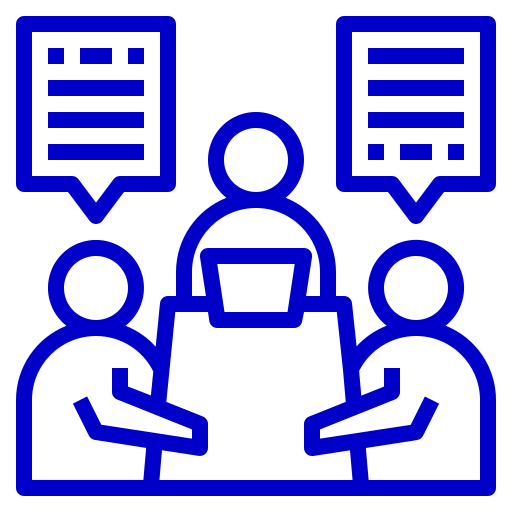 Consulting
Consulting Enterprise Ready
Enterprise Ready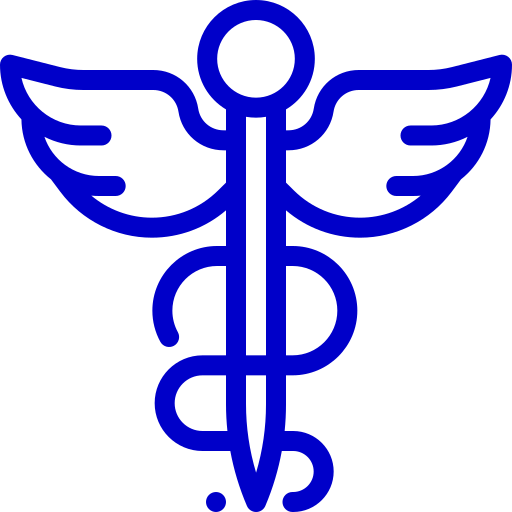 Pharmaceuticals
Pharmaceuticals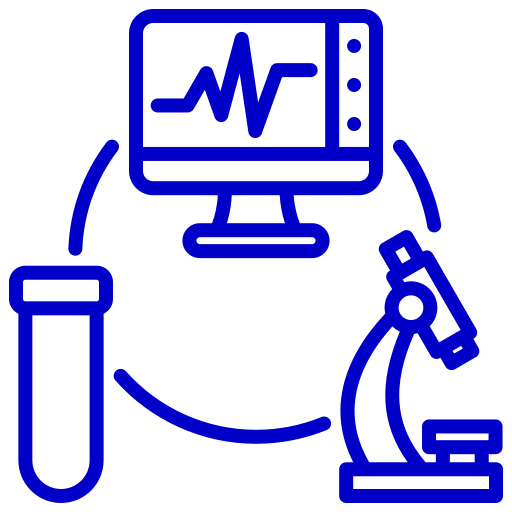 Medical Devices
Medical Devices Insurance
Insurance Banking
Banking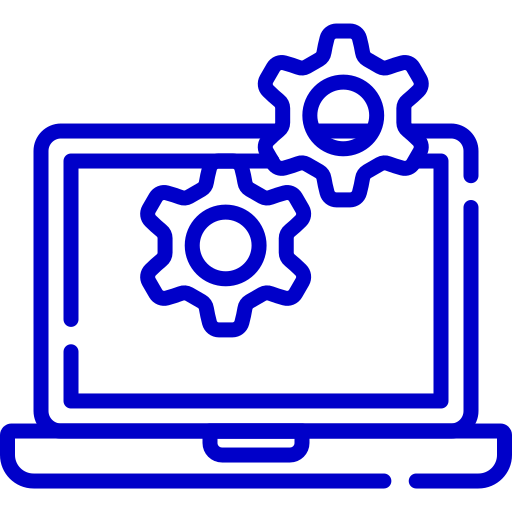 Technology
Technology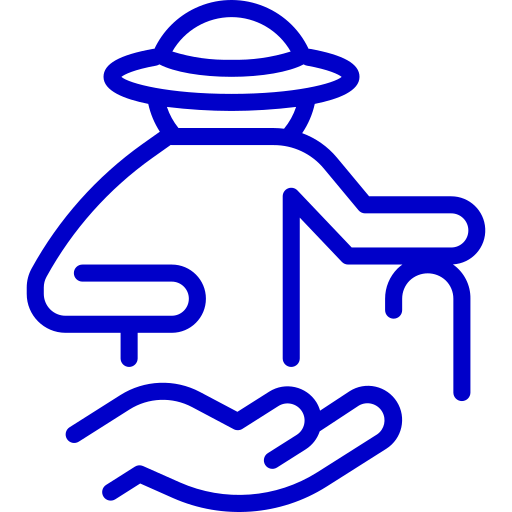 Senior Living
Senior Living Sales
Sales Call Centers
Call Centers Marketing
Marketing Improve Sales Productivity
Improve Sales Productivity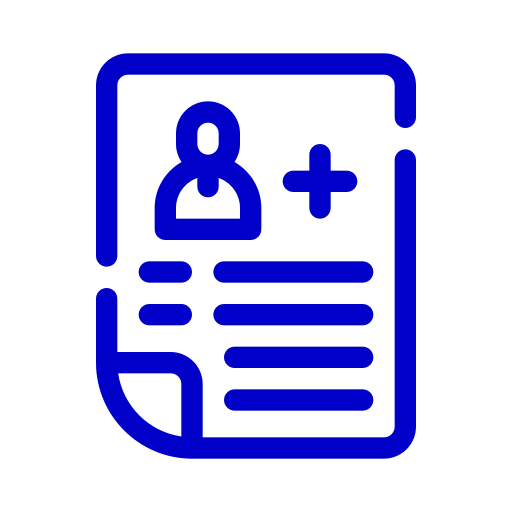 New Hire Onboarding
New Hire Onboarding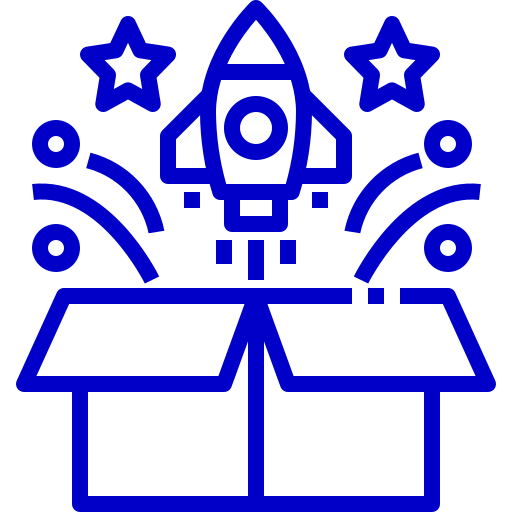 New Product Launch
New Product Launch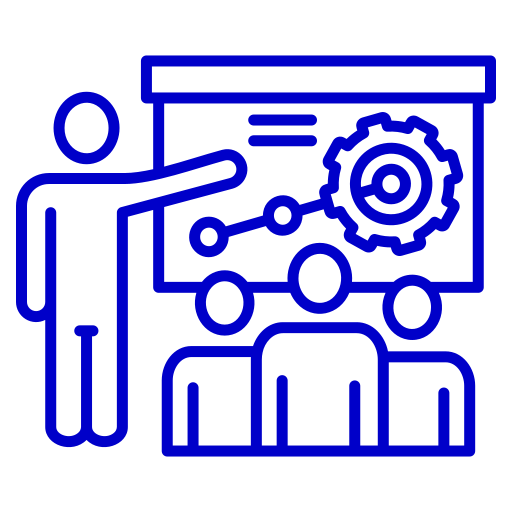 Channel Partner Training
Channel Partner Training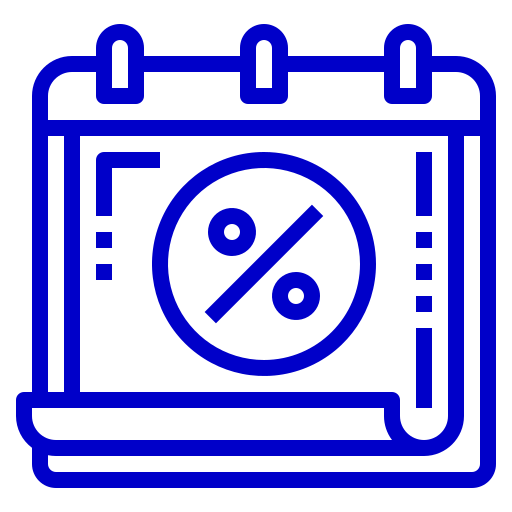 Sales Events
Sales Events Success Stories
Success Stories Whitepapers
Whitepapers Contest Template Designer Tool
Contest Template Designer Tool Sales Training
Sales Training Gamification
Gamification All Blogs
All Blogs
